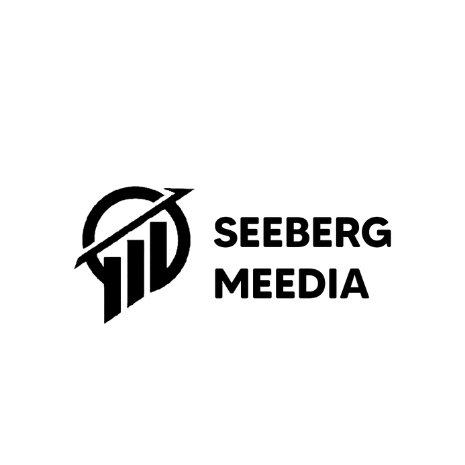How to create engaging content for your audience
To create engaging content, it's crucial to first understand who your audience is. Identifying key demographics such as age, gender, location, and occupation can help tailor your content to meet their specific needs and preferences. Utilize tools like Google Analytics and social media insights to gather this data effectively.
Beyond demographics, delve into the interests and preferences of your audience. What topics resonate with them? What problems are they looking to solve? Conduct surveys, engage in social listening, and analyze past content performance to gain a deeper understanding of what captivates your audience.
Crafting Compelling Content
Different audiences prefer different content formats. Whether it's blog posts, videos, podcasts, or infographics, selecting the right format is essential. Consider the platforms your audience frequents and the type of content they engage with most to make informed decisions.
Once you've chosen a format, focus on writing with clarity and purpose. Use simple language, avoid jargon, and ensure your content has a clear message. Each piece should have a defined goal, whether it's to inform, entertain, or persuade.
Utilizing Storytelling Techniques
Storytelling is a powerful tool for engagement. Build a narrative structure that includes a beginning, middle, and end. This helps maintain the audience's attention and makes your content more memorable.
Emotions drive engagement. Craft stories that evoke emotions such as joy, surprise, or empathy. Use relatable characters and scenarios to create a connection with your audience, making them more likely to engage with and share your content.
Incorporating Visual Elements
Visual elements can significantly enhance content engagement. Choose images and videos that are relevant to your topic and resonate with your audience. High-quality visuals can capture attention and convey messages more effectively than text alone.
Infographics and visual aids are excellent for presenting complex information in an easily digestible format. Use them to break down data, illustrate processes, or highlight key points, making your content more accessible and engaging.
Optimizing Content for SEO
SEO is crucial for content visibility. Conduct thorough keyword research to identify terms your audience is searching for. Use tools like Google Keyword Planner or SEMrush to find relevant keywords and incorporate them naturally into your content.
Optimize your content with on-page SEO strategies. This includes using keywords in titles, headings, and meta descriptions, as well as ensuring your content is mobile-friendly and has a fast loading speed. These practices help improve your content's search engine ranking and visibility.
Encouraging Audience Interaction
Interactive content, such as quizzes, polls, and surveys, can significantly boost engagement. These formats encourage active participation, making your audience feel more involved and invested in your content.
Engagement doesn't end with content creation. Actively engage with your audience by responding to comments, addressing feedback, and fostering discussions. This interaction builds a community around your content and encourages ongoing engagement.
Measuring Content Engagement
To understand the effectiveness of your content, analyze engagement metrics such as likes, shares, comments, and time spent on page. These metrics provide insights into what works and what doesn't, allowing you to refine your content strategy.
Use the data gathered from engagement metrics to adjust your content strategies. Identify patterns and trends, and be willing to experiment with new formats and topics. Continuous improvement is key to maintaining and increasing audience engagement.






Comments (0)